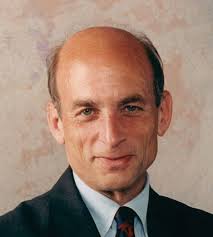We often seem to assume that market competition is inconsistent with great art. In fact this is not true. People like good art, especially rich people, and therefore will pay for it. Consider, for example, the state of movies and television today.
Edward Jay Epstein (HT MR) notes that while subscription television has had turn to “original programming that would appeal to the head of the house,” which means “a medium of entertainment for the elite,” Hollywood “has had a gradual downgrade.” Basically, the chains need to fill seats and sell candy on opening weekends. This means
- Movies for “tweens and teens” susceptible to “visually-stunning action * * * that can be encapsulated in 30 second spots” and “who also are the group most likely to consume popcorn, candy, and soda.”
- “[S]ince anything original is chancy, marketing executives lean towards formulas that gave been successfully used before; hence, the profusion of action movie sequels.”
- Given the importance of the foreign market, which likes dubbing, movies need to be “short on dialogue, long on action.” Which of course is what the tweens and teens like too.
So:
it [is] hardly surprising that Hollywood is moving more and more towards comic-book sequels and other action-bumped fantasy fare. Meanwhile television, which must to adopt to a new Internet world in which its audience can cherry-pick what it want to see, anytime and anywhere, via ubiquitous DVRs, tablets, and computers, is now providing the sophisticated niche entertainment that movies once provided. It’s after all show business.
The point is not that television overall is now better than movies, but that great art has migrated to some extent from movies to television, and that this is attributable to market forces. I would also note that most of the really good stuff is on the cable stations and not on “public” television.

